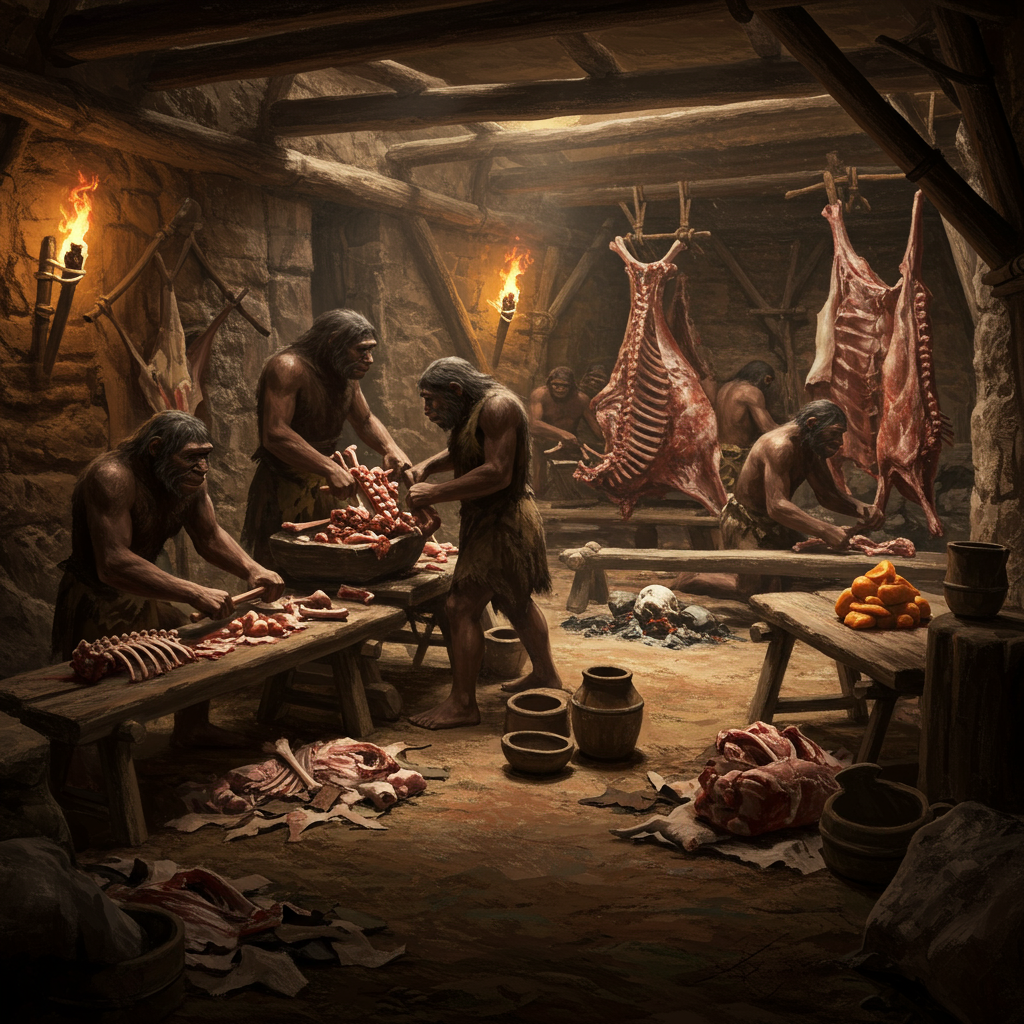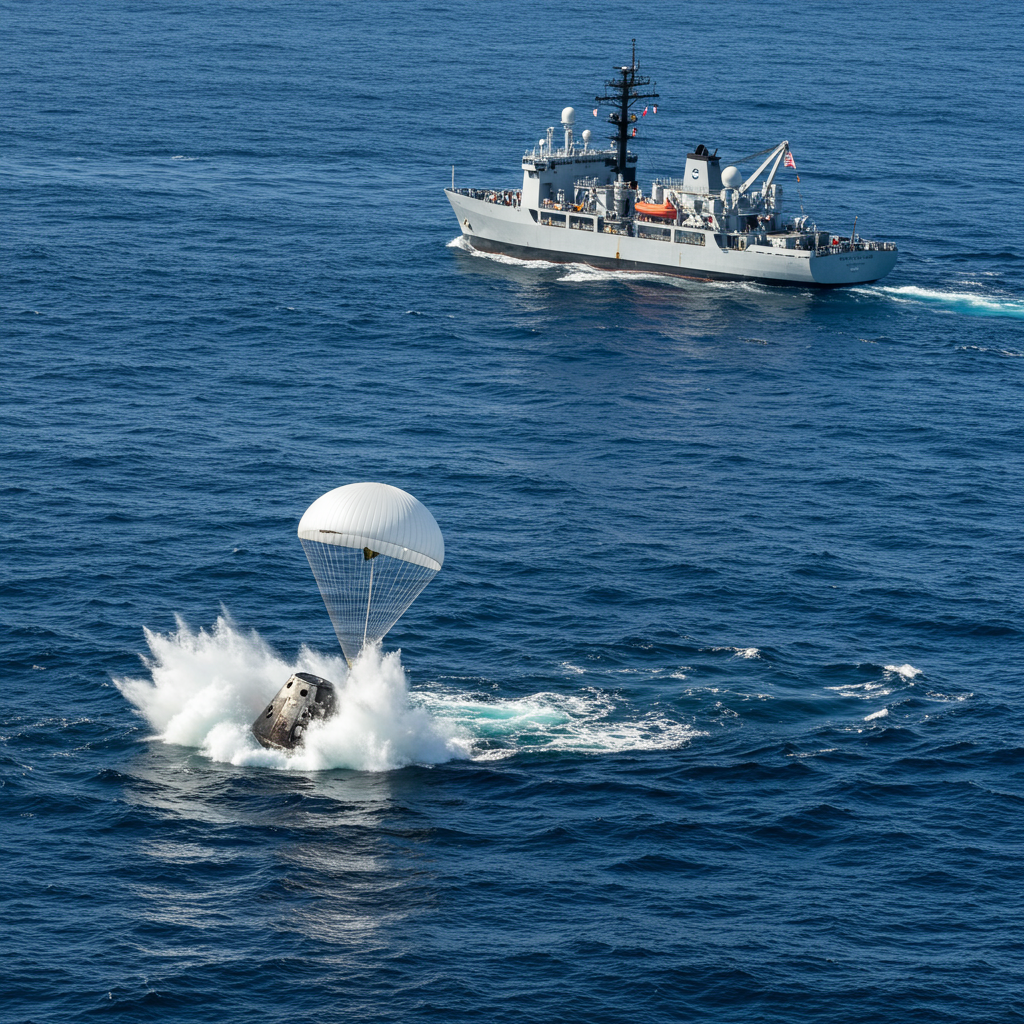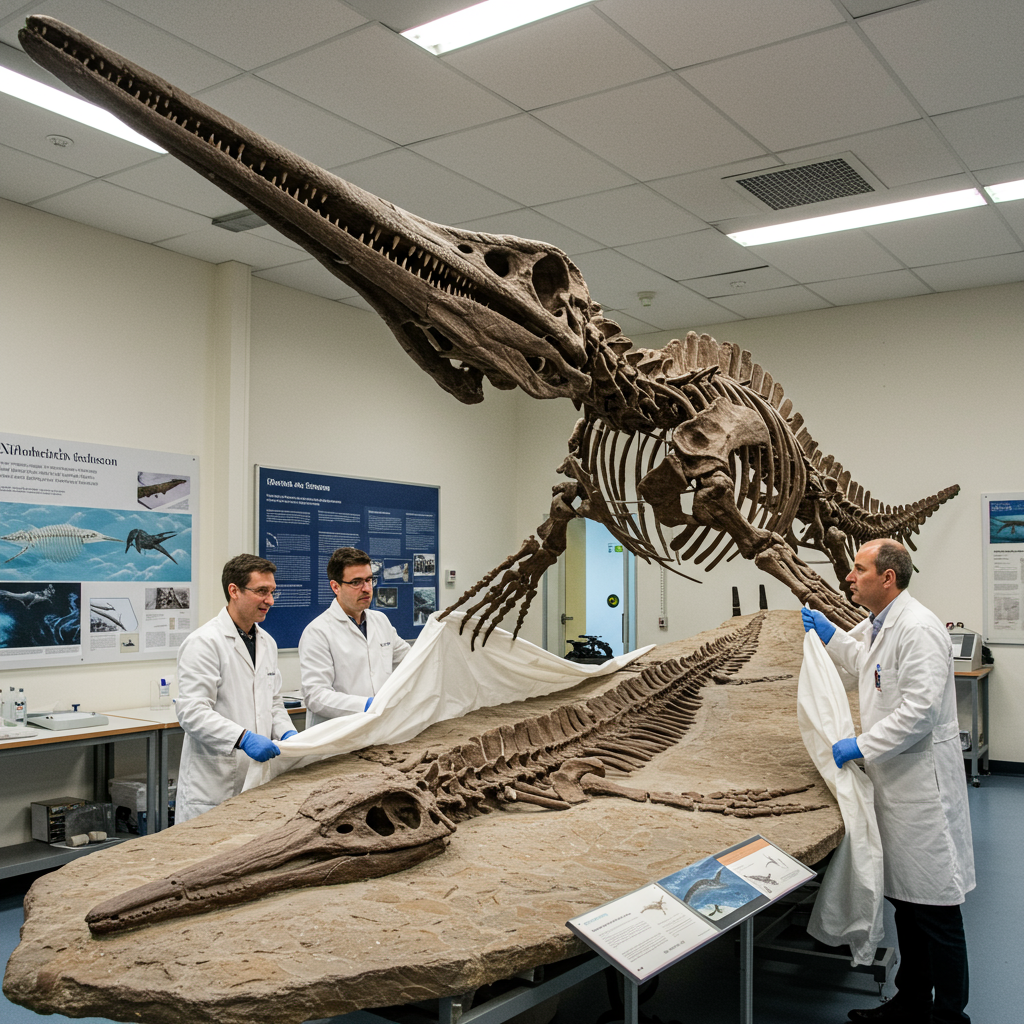Imagine a scene 125,000 years ago in central Germany. Instead of just scavenging or simply breaking bones for marrow, our ancient cousins, the neanderthals, were running sophisticated operations to extract a vital resource: fat. A groundbreaking new study reveals that Neanderthals weren’t just opportunistic eaters; they were strategic processors, operating what researchers are calling prehistoric “fat factories.” This discovery fundamentally changes how we understand their intelligence, planning, and resource management skills, pushing back the timeline for such complex behaviors by tens of thousands of years.
Unearthing a Prehistoric Fat Factory
The remarkable evidence comes from the Neumark-Nord 2 site, located near a lake in central Germany. This area dates back to an interglacial period, a time when temperatures were surprisingly similar to those we experience today. While our early African ancestors were known to access fat by cracking open bones for marrow, the Neanderthals at Neumark-Nord 2 took this process to an entirely new level.
Archaeologists working at the site uncovered tens of thousands of bone fragments from large mammals. These weren’t just random leftovers; they were the result of a deliberate process. The bones had been systematically crushed, then likely heated in water. This labor-intensive technique allowed Neanderthals to render bone grease, a substance incredibly rich in calories. This method yielded significantly more usable fat than simply extracting marrow alone.
The concentration of these highly processed bones, mixed with flint tools and hammer stones near a shallow pool, strongly suggests a dedicated processing area. Researchers from institutions like MONREPOS (Leibniz Zentrum Archaeology) and Leiden University analyzed these findings. They concluded that this location served as a centralized “fat factory.” Bones from at least 172 large mammals, including various deer species, horses, and massive aurochs (extinct wild cattle), were brought to this site specifically for fat extraction.
Why Fat Was So Important
Fat is a powerhouse of energy. For any ancient hunter-gatherer, calories were king. In environments where food sources could fluctuate, having a reliable and transportable source of dense calories like rendered bone grease was crucial for survival. It provided the sustained energy needed for hunting, migrating, and simply staying alive, particularly during leaner times or colder seasons. The sheer effort involved in crushing thousands of bones and rendering grease underscores its immense value to Neanderthals.
This sophisticated processing technique goes far beyond basic butchery or simple marrow extraction. It represents a deeper understanding of resource value and the technical know-how to maximize yield from prey animals.
A Broader Picture from the Landscape
The Neumark-Nord complex is unique because it preserves not just one site, but an entire ancient landscape. Discovered decades ago, the area has been the focus of extensive archaeological work. These long-term excavations, including field schools that trained numerous international students, have painted a richer picture of Neanderthal life.
For instance, previous discoveries at other locations within Neumark-Nord showed Neanderthals hunting and processing enormous straight-tusked elephants. These massive animals weighed up to 13 tons and could provide staggering amounts of food. Evidence also points to Neanderthals using fire to manage the landscape vegetation.
Integrating the fat factory findings with these other discoveries is key. As Professor Wil Roebroeks notes, “We see Neanderthals hunting and minimally butchering deer in one area, processing elephants intensively in another, and—as this study shows—rendering fat from hundreds of mammal skeletons in a centralized location.” This spatial organization points to a level of planning and ecological engagement previously underestimated. They weren’t just reacting to their environment; they were actively managing resources across it.
Strategic Planning and Resource Management
The scale of the bone processing at Neumark-Nord 2 highlights the organized nature of this activity. Dr. Lutz Kindler, the study’s first author, describes it as “intensive, organised, and strategic.” This wasn’t an occasional endeavor. It required careful planning, including locating and selecting suitable prey, transporting heavy carcasses or specific bone parts to the lakeside processing site, and dedicating significant labor to the crushing and heating process.
This suggests a sophisticated understanding of logistics and efficiency. Professor Sabine Gaudzinski-Windheuser adds that bone grease production requires a “certain volume of bones” to be worthwhile. Assembling bones from over 172 large animals points to systematic hunting and collection, possibly even caching parts of carcasses in the landscape for later retrieval and processing at the factory site. This level of foresight and coordination is remarkable for a hominin group living 125,000 years ago.
The sheer quantity of animals processed at Neumark-Nord underscores the significant impact Neanderthals had on herbivore populations in the area during this warm period. Beyond the 172+ animals at the fat processing site, hundreds of others, including elephants and rhinos, show evidence of butchery at different locations within the complex and nearby sites like Rabutz and Taubach. Researchers believe they are only seeing the “tip of the iceberg” regarding the total number of animals exploited. This sustained “harvesting,” particularly of slow-reproducing species, could have had substantial ecological consequences.
Reshaping Our View of Neanderthals
The discovery of the “fat factory” at Neumark-Nord 2 adds compelling evidence to the growing understanding that Neanderthals were far from the brutish, simple-minded caricatures of popular culture. They possessed complex cognitive abilities, including strategic planning, specialized task allocation, resource optimization, and a deep understanding of their environment and the nutritional properties of food.
Their ability to identify the most calorically dense resource (fat) and develop a complex, multi-step technological process (crushing, heating in water) to extract it efficiently demonstrates innovation and technical skill. This level of sophisticated resource management was previously often attributed solely to early Homo sapiens much later in time.
The Neumark-Nord site, with its extraordinary preservation of an entire landscape and diverse activity areas, offers an unparalleled window into Neanderthal behavior. It provides specific facts and examples that prove their adaptability, intelligence, and capacity for organized, strategic action. This discovery published in Science Advances compels us to continue re-evaluating the capabilities and culture of our closest ancient relatives.
Frequently Asked Questions
What was the Neanderthal “fat factory” discovered at Neumark-Nord 2?
The “fat factory” was a specific location at the Neumark-Nord 2 site in central Germany, dating back 125,000 years. Here, Neanderthals systematically processed the bones of over 170 large mammals. Instead of just extracting marrow, they crushed bones into small fragments and likely heated them in water to render calorie-rich bone grease. This was a centralized, task-specific site for large-scale fat extraction.
Why was extracting bone grease important for Neanderthals’ survival?
Fat was incredibly valuable because it is packed with calories, providing essential energy. For Neanderthals living in environments with potentially scarce resources, a reliable and high-density calorie source like bone grease was vital for survival, especially for demanding activities like hunting and enduring changing seasons. The complex method used indicates they understood its nutritional importance and were willing to invest significant labor to obtain it.
How does the “fat factory” discovery change our understanding of Neanderthals?
This finding significantly upgrades our view of Neanderthal capabilities. It demonstrates they were capable of complex, strategic resource management, including planning hunts, transporting resources to specialized locations, and employing multi-step technological processes for food processing. This level of foresight, organization, and technical skill was previously thought to be exclusive to later Homo sapiens, pushing back the timeline for such sophisticated behaviors by tens of thousands of years.
The Neumark-Nord discoveries are continuing to reshape our view of Neanderthal adaptability and survival strategies. They show that Neanderthals could plan ahead, process food efficiently, and make sophisticated use of their environment. The sheer scale of their activities, processing hundreds of large mammals, also highlights their significant impact on the ecosystems they inhabited. This challenges the outdated image of Neanderthals as simple cavemen and reveals them as intelligent, capable inhabitants of their world.




